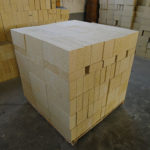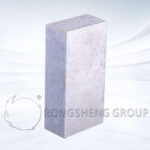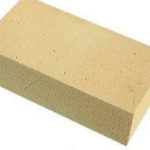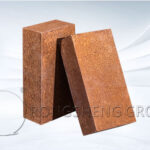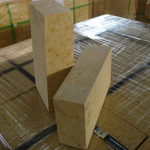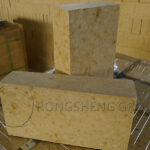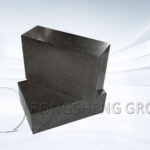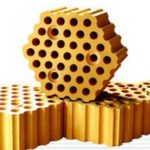The safety lining of refining ladles generally uses high alumina bricks, and the Al2O3 content of the refractory mud used should be 5% higher than that of high alumina bricks. When the safety lining of the refining ladle uses alumina-magnesia carbon bricks, the refractory mud used should also be alumina-magnesia carbon mud, and its Al2O3 content should be 3% higher than that of alumina magnesia carbon bricks. When alumina-magnesia carbon bricks are used as the working lining of the refining ladle, the refractory mud used should be slightly expanded mud. The linear expansion rate after 1500℃ and 3 hours should be greater than 0.5%, and there should be no shrinkage. To ensure that the sintering of the micro-expansion mud during use should not produce a low melting point liquid phase. The sintering of high-aluminum slurry should rely on an appropriate amount of mullite. The sintering of aluminum magnesium carbon slurry should rely on an appropriate amount of spinel slag line MgO-C bricks.
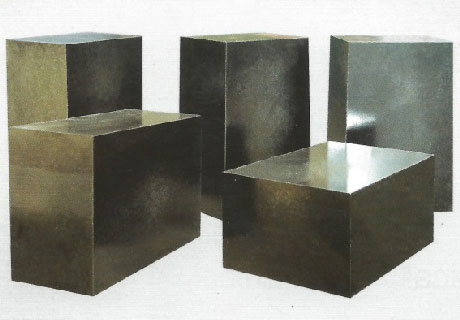
Alumina Magnesia Carbon Bricks for Refining Ladle Bottom
The material used for the bottom of the refining ladle is basically the same as that of the molten pool and is made of alumina magnesia carbon bricks. The impact area at the bottom of the package is damaged faster than other parts due to repeated impacts from molten steel during tapping. Therefore, when constructing this part, the method of vertical masonry and thickening is usually adopted. Make the impact area parts damaged simultaneously with other parts.
The reason why the lining life of alumina magnesia carbon bricks is longer than that of clay bricks
The damage situation of clay brick and alumina-magnesia carbon brick lining is the same, the bottom of the lining is damaged first. The difference is that the lining loss of clay bricks is much faster than that of alumina magnesia carbon bricks. In addition, when clay bricks are damaged, the concavity and convexity are serious, especially since the joints are more concave than anywhere else, while alumina-magnesia carbon bricks do not have concavity and convexity. The reason why both types of brick cladding bottoms are damaged quickly is that they are affected by many factors just like the cladding walls. The main reason is that the bottom of the ladle is eroded by high temperature and the chemical corrosion of slag is more serious, causing the bottom of the ladle to lose faster than the wall of the ladle.
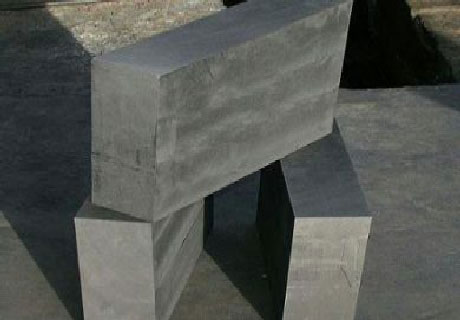
Reasons for increasing the service life of ladles
The main reasons why the lining life of alumina magnesia carbon bricks is longer than that of clay bricks are as follows.
(1) Alumina-magnesia carbon bricks have high density, high strength, high-temperature resistance, thermal shock resistance, erosion resistance, and good chemical stability. At the same time, the wetting angle between the brick and the molten steel is small, which can effectively prevent the penetration and infiltration of the molten steel and slag. In addition to the alumina-magnesite material with good high-temperature resistance, the brick also contains scaly graphite. Flake graphite is a crystalline carbonaceous material with a melting point as high as 3700°C and a fixed carbon content of over 86%. It has only 1.2% volatile content and strong oxidation resistance (the starting temperature of oxidation is nearly 600°C.
(2) The thermal conductivity is high, about 64. 0W/ (m·K). The thermal expansion rate is small (20-1000 ℃ is 1. 4 × 10 – 6 / ℃). Low modulus of elasticity. When the graphite is evenly distributed in the brick body, the main carbon structure can be formed by selecting a suitable binder and performing certain processes. Due to the high thermal conductivity, the temperature gradient between the working surface and the non-working surface is small, and the thermal stress generated by the bricks is also small. Even if certain thermal stress occurs during use, due to its thermal expansion and low elastic modulus, it has a great ability to buffer thermal stress. There will also be no structural spalling like simple high alumina bricks and clay bricks. Instead, it gives full play to the unique properties of its alumina magnesia carbon bricks in use. The product not only has the characteristics of high-temperature performance of high-aluminum-magnesium refractory materials. At the same time, the addition of carbon can effectively prevent molten steel and slag from eroding the inside of the brick structure. Improve the brick body’s resistance to slag penetration and prevent slag sticking. It is also beneficial to improve thermal shock stability.
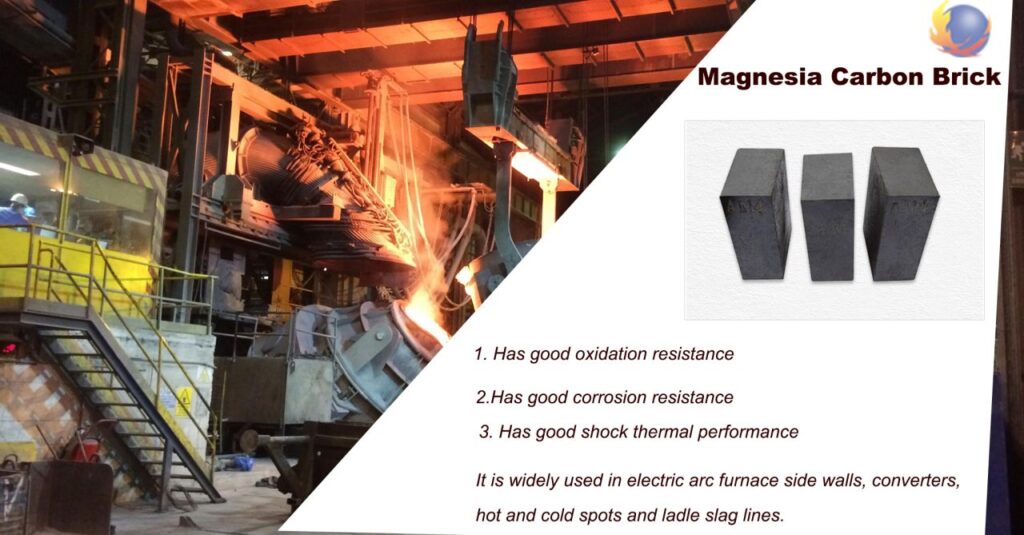
(3) The surface of the lining is smooth after using alumina magnesia carbon bricks to pour steel. This is due to the expansion of Al2O3 and MgO when forming MA and the plastic change when the liquid phase appears, and they are welded so that the lining is completely integrated. The brick seams cannot be seen, which prevents the brick seams from melting away too quickly or being locally eroded quickly. The addition of MgO lowers the temperature at which the liquid phase initially appears. This improves the thermoplasticity of the material at high temperatures and can buffer thermal stress. Moreover, the glass phase softens at a high temperature of about 1000°C and can also buffer the stress caused by expansion. During use, when MgO and Al2O3 react to form melting point MA, the viscosity of the liquid phase is also increased. The liquid phase of this viscosity can seal the pores and prevent the slag from infiltrating into the bricks, limiting the damage to a narrow area. Thereby greatly improving the service life of alumina-magnesia carbon bricks.
Effects of Using Alumina-Magnesia Carbon Bricks for Ladles
After using alumina magnesia carbon bricks, the number of times the ladle is used is increased from the original 5 to 15 times to 54 times, which increases the service life of the ladle. The corrosion rate of molten steel and slag is very low, and it has excellent properties suitable for the use of ladles. Using alumina magnesia carbon bricks can achieve good economic benefits without polluting the environment. Alumina-magnesia carbon brick is a good lining material.

